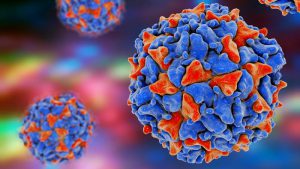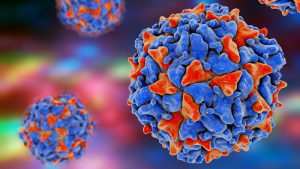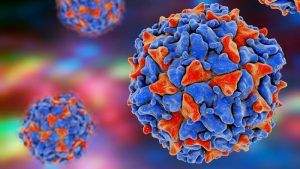ASDSAD
ASDSADASD
New Booster Shots available for seniors
All Topics Articles
In pictures showing the impact of heat waves and drought on China, one sees the dry bed of Poyang Lake, as shown here in the Indian Express. The climate crisis is affecting China with the effects on the Yangtze and other rivers. Parts of China dependent on hydropower are seeing power cuts. Never before have so many effects of climate change happened worldwide in one year as in 2022.
Original article 1 minute, gist 1 minute

Apple’s plans to make the new iPhone 14 in India. Its efforts to bring NPI or New Product Introduction processes to India so that new iPhones can be built in a short time. This would mean not replicating production processes existing in China but setting up new ones from scratch. About 95% of iPhones are made in China. Only about 7% in India by year end which Apple plans to increase to much higher levels by 2025, as some of the supply chain for Apple shifts to India from China. The …




Who is at risk
Immunocompromised people, including those on medications and chemotherapy that impacts antibody production, are at a heightened risk.
Because polio is spread via fecal-oral transmission, frequent handwashing can help prevent the spread of poliovirus, Hoy said.
Other than regular hand washing and getting vaccinated, Hoy says there are no specific precautions that immunocompromised people should take at this time.
Loved ones of at-risk groups should ensure they are up to date with their polio vaccinations and ensure their children are on schedule for their childhood vaccinations, which includes the polio shot.
Dr. Monica Gandhi, MPH, professor of medicine at the University of California, San Francisco, said the polio vaccine is very effective at preventing illness.
“We know that the initial polio vaccine protects individuals from severe disease for a long time, possibly a lifetime although individuals vary,” Gandhi said.
“The only people who need to worry are those who are unvaccinated because vaccines are extremely protective against the severe forms of polio, like the vaccines with COVID. Children are most at risk of paralytic polio so it is imperative to catch up to childhood vaccines as there were setbacks during COVID-19.”
Gandhi noted that while vaccines prevent disease, they may not always prevent all spread, as with the COVID-19 vaccine.
“However, unlike with COVID-19, since we usually only screen for polio if someone has symptoms, we know very clearly that vaccination does prevent the development of polio symptoms,” Gandhi added.
Could there be a polio outbreak?
The CDC recommendsTrusted Source that children receive 4 doses of the polio vaccine for the best protection.
Older research from 2005 shows that the polio vaccine generates strong and durable T cell immunity against polio, and durable memory B cells, Gandhi noted.
Who is at risk
Immunocompromised people, including those on medications and chemotherapy that impacts antibody production, are at a heightened risk.
Because polio is spread via fecal-oral transmission, frequent handwashing can help prevent the spread of poliovirus, Hoy said.
Other than regular hand washing and getting vaccinated, Hoy says there are no specific precautions that immunocompromised people should take at this time.
Loved ones of at-risk groups should ensure they are up to date with their polio vaccinations and ensure their children are on schedule for their childhood vaccinations, which includes the polio shot.
Dr. Monica Gandhi, MPH, professor of medicine at the University of California, San Francisco, said the polio vaccine is very effective at preventing illness.
“We know that the initial polio vaccine protects individuals from severe disease for a long time, possibly a lifetime although individuals vary,” Gandhi said.
“The only people who need to worry are those who are unvaccinated because vaccines are extremely protective against the severe forms of polio, like the vaccines with COVID. Children are most at risk of paralytic polio so it is imperative to catch up to childhood vaccines as there were setbacks during COVID-19.”
Gandhi noted that while vaccines prevent disease, they may not always prevent all spread, as with the COVID-19 vaccine.
“However, unlike with COVID-19, since we usually only screen for polio if someone has symptoms, we know very clearly that vaccination does prevent the development of polio symptoms,” Gandhi added.
Could there be a polio outbreak?
The CDC recommendsTrusted Source that children receive 4 doses of the polio vaccine for the best protection.
Older research from 2005 shows that the polio vaccine generates strong and durable T cell immunity against polio, and durable memory B cells, Gandhi noted.
Sample Sample
Sample
Who is at risk
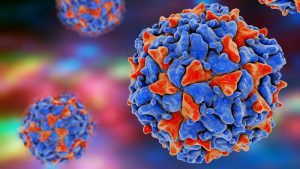 Immunocompromised people, including those on medications and chemotherapy that impacts antibody production, are at a heightened risk.
Immunocompromised people, including those on medications and chemotherapy that impacts antibody production, are at a heightened risk.
Because polio is spread via fecal-oral transmission, frequent handwashing can help prevent the spread of poliovirus, Hoy said.
Other than regular hand washing and getting vaccinated, Hoy says there are no specific precautions that immunocompromised people should take at this time.
Loved ones of at-risk groups should ensure they are up to date with their polio vaccinations and ensure their children are on schedule for their childhood vaccinations, which includes the polio shot.
Dr. Monica Gandhi, MPH, professor of medicine at the University of California, San Francisco, said the polio vaccine is very effective at preventing illness.
“We know that the initial polio vaccine protects individuals from severe disease for a long time, possibly a lifetime although individuals vary,” Gandhi said.
“The only people who need to worry are those who are unvaccinated because vaccines are extremely protective against the severe forms of polio, like the vaccines with COVID. Children are most at risk of paralytic polio so it is imperative to catch up to childhood vaccines as there were setbacks during COVID-19.”
Gandhi noted that while vaccines prevent disease, they may not always prevent all spread, as with the COVID-19 vaccine.
“However, unlike with COVID-19, since we usually only screen for polio if someone has symptoms, we know very clearly that vaccination does prevent the development of polio symptoms,” Gandhi added.
Could there be a polio outbreak?
The CDC recommendsTrusted Source that children receive 4 doses of the polio vaccine for the best protection.
Older research from 2005 shows that the polio vaccine generates strong and durable T cell immunity against polio, and durable memory B cells, Gandhi noted.
Who is at risk
Immunocompromised people, including those on medications and chemotherapy that impacts antibody production, are at a heightened risk.
Because polio is spread via fecal-oral transmission, frequent handwashing can help prevent the spread of poliovirus, Hoy said.
Other than regular hand washing and getting vaccinated, Hoy says there are no specific precautions that immunocompromised people should take at this time.
Loved ones of at-risk groups should ensure they are up to date with their polio vaccinations and ensure their children are on schedule for their childhood vaccinations, which includes the polio shot.
Dr. Monica Gandhi, MPH, professor of medicine at the University of California, San Francisco, said the polio vaccine is very effective at preventing illness.
“We know that the initial polio vaccine protects individuals from severe disease for a long time, possibly a lifetime although individuals vary,” Gandhi said.
“The only people who need to worry are those who are unvaccinated because vaccines are extremely protective against the severe forms of polio, like the vaccines with COVID. Children are most at risk of paralytic polio so it is imperative to catch up to childhood vaccines as there were setbacks during COVID-19.”
Gandhi noted that while vaccines prevent disease, they may not always prevent all spread, as with the COVID-19 vaccine.
“However, unlike with COVID-19, since we usually only screen for polio if someone has symptoms, we know very clearly that vaccination does prevent the development of polio symptoms,” Gandhi added.
Could there be a polio outbreak?
The CDC recommendsTrusted Source that children receive 4 doses of the polio vaccine for the best protection.
Older research from 2005 shows that the polio vaccine generates strong and durable T cell immunity against polio, and durable memory B cells, Gandhi noted.
Who is at risk
Immunocompromised people, including those on medications and chemotherapy that impacts antibody production, are at a heightened risk.
Because polio is spread via fecal-oral transmission, frequent handwashing can help prevent the spread of poliovirus, Hoy said.
Other than regular hand washing and getting vaccinated, Hoy says there are no specific precautions that immunocompromised people should take at this time.
Loved ones of at-risk groups should ensure they are up to date with their polio vaccinations and ensure their children are on schedule for their childhood vaccinations, which includes the polio shot.
Dr. Monica Gandhi, MPH, professor of medicine at the University of California, San Francisco, said the polio vaccine is very effective at preventing illness.
“We know that the initial polio vaccine protects individuals from severe disease for a long time, possibly a lifetime although individuals vary,” Gandhi said.
“The only people who need to worry are those who are unvaccinated because vaccines are extremely protective against the severe forms of polio, like the vaccines with COVID. Children are most at risk of paralytic polio so it is imperative to catch up to childhood vaccines as there were setbacks during COVID-19.”
Gandhi noted that while vaccines prevent disease, they may not always prevent all spread, as with the COVID-19 vaccine.
“However, unlike with COVID-19, since we usually only screen for polio if someone has symptoms, we know very clearly that vaccination does prevent the development of polio symptoms,” Gandhi added.
Could there be a polio outbreak?
The CDC recommendsTrusted Source that children receive 4 doses of the polio vaccine for the best protection.
Older research from 2005 shows that the polio vaccine generates strong and durable T cell immunity against polio, and durable memory B cells, Gandhi noted.
dfdef
fefefrefr
Who is at risk
Immunocompromised people, including those on medications and chemotherapy that impacts antibody production, are at a heightened risk.
Because polio is spread via fecal-oral transmission, frequent handwashing can help prevent the spread of poliovirus, Hoy said.
Other than regular hand washing and getting vaccinated, Hoy says there are no specific precautions that immunocompromised people should take at this time.
Loved ones of at-risk groups should ensure they are up to date with their polio vaccinations and ensure their children are on schedule for their childhood vaccinations, which includes the polio shot.
Dr. Monica Gandhi, MPH, professor of medicine at the University of California, San Francisco, said the polio vaccine is very effective at preventing illness.
“We know that the initial polio vaccine protects individuals from severe disease for a long time, possibly a lifetime although individuals vary,” Gandhi said.
“The only people who need to worry are those who are unvaccinated because vaccines are extremely protective against the severe forms of polio, like the vaccines with COVID. Children are most at risk of paralytic polio so it is imperative to catch up to childhood vaccines as there were setbacks during COVID-19.”
Gandhi noted that while vaccines prevent disease, they may not always prevent all spread, as with the COVID-19 vaccine.
“However, unlike with COVID-19, since we usually only screen for polio if someone has symptoms, we know very clearly that vaccination does prevent the development of polio symptoms,” Gandhi added.
xasadasdsd
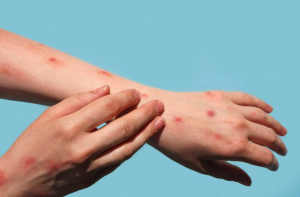
Monkeypox is a viral zoonosis (a virus transmitted to humans from animals) with symptoms similar to those seen in the past in smallpox patients, although it is clinically less severe. With the eradication of smallpox in 1980 and subsequent cessation of smallpox vaccination, monkeypox has emerged as the most important orthopoxvirus for public health. Monkeypox primarily occurs in central and west Africa, often in proximity to tropical rainforests, and has been increasingly appearing in urban areas. Animal hosts include a range of rodents and non-human primates.
Signs and symptoms
The incubation period (interval from infection to onset of symptoms) of monkeypox is usually from 6 to 13 days but can range from 5 to 21 days.
The infection can be divided into two periods:
- the invasion period (lasts between 0–5 days) characterized by fever, intense headache, lymphadenopathy (swelling of the lymph nodes), back pain, myalgia (muscle aches) and intense asthenia (lack of energy). Lymphadenopathy is a distinctive feature of monkeypox compared to other diseases that may initially appear similar (chickenpox, measles, smallpox)
- the skin eruption usually begins within 1–3 days of appearance of fever. The rash tends to be more concentrated on the face and extremities rather than on the trunk. It affects the face (in 95% of cases), and palms of the hands and soles of the feet (in 75% of cases). Also affected are oral mucous membranes (in 70% of cases), genitalia (30%), and conjunctivae (20%), as well as the cornea. The rash evolves sequentially from macules (lesions with a flat base) to papules (slightly raised firm lesions), vesicles (lesions filled with clear fluid), pustules (lesions filled with yellowish fluid), and crusts which dry up and fall off. The number of lesions varies from a few to several thousand. In severe cases, lesions can coalesce until large sections of skin slough off.
Monkeypox is usually a self-limited disease with the symptoms lasting from 2 to 4 weeks. Severe cases occur more commonly among children and are related to the extent of virus exposure, patient health status and nature of complications. Underlying immune deficiencies may lead to worse outcomes. Although vaccination against smallpox was protective in the past, today persons younger than 40 to 50 years of age (depending on the country) may be more susceptible to monkeypox due to cessation of smallpox vaccination campaigns globally after eradication of the disease. Complications of monkeypox can include secondary infections, bronchopneumonia, sepsis, encephalitis, and infection of the cornea with ensuing loss of vision. The extent to which asymptomatic infection may occur is unknown.
The case fatality ratio of monkeypox has historically ranged from 0 to 11 % in the general population and has been higher among young children. In recent times, the case fatality ratio has been around 3–6%.
Dental Sealant Fact Sheet
Dental Sealant Fact Sheet
What are dental sealants?
Dental sealants are thin plastic coatings which are applied to the chewing surfaces of the molars (back permanent teeth). Most tooth decay in children and teens occurs in these surfaces. Sealants cover these chewing surfaces to help prevent decay.
What are the benefits of sealants?
Sealants are slippery, which makes it harder for decay-causing plaque to stick in the pits and grooves of molars. Because sealants can prevent more than 80% of dental decay in children, they reduce the need for fillings and other more expensive treatments. Sealants are an economical way to keep teeth healthy for years.
How are sealants applied?
Applying sealants is simple, painless, and does not require drills or needles. It is an easy three-step process: First, a dental hygienist cleans the tooth with toothpaste. Then the tooth is polished. Finally, the sealant is painted on the tooth and is hardened with a small, bright light. That’s all it takes!
Do sealants replace fluoride?
- Fluorides, such as those used in community water and toothpaste, also help to prevent decay. Fluoride works best on the smooth surfaces of teeth. The chewing surfaces on the back teeth, however, have tiny grooves where decay often begins. Sealants keep germs out of the grooves by covering them with a safe plastic coating. Sealants and fluorides work together to prevent tooth decay.
Are sealants safe and effective?
Yes. Dental sealants have been used for more than 40 years, and clinical studies have shown sealants to be very effective in reducing tooth decay in children. Dental sealants are safe, effective and very economical.
Healthy Smiles
270 County Hospital Road, Suite 206
Quincy, California 95971
Phone: 800-801-6330, 283-6457
Funded brightSMILES
Fluoride Varnish Fact Sheet
What is Fluoride Varnish?
Fluoride Varnish is a protective coating that is painted on teeth and will stay on the teeth for roughly 1 day. It is used to help strengthen children’s teeth, and prevent cavities and can even stop cavities that have started to form!
Why is fluoride varnish recommended for children’s teeth?
Tooth decay is one of the most common preventable diseases seen in children. Children as young as 12-18 months can get cavities. Cavities in baby teeth can cause pain and even prevent children from being able to eat, speak, sleep and learn properly.
Is it Safe?
Yes, fluoride varnish can be used on babies from the time they have their first teeth. This method of providing fluoride to teeth has been used in Europe for over 25 years. For best results, it is recommended that your child receive fluoride varnish treatments 3-4 times a year.
How is it put on teeth?
The varnish is painted on the teeth with a small paintbrush. It is quick and easy to apply and does not have bad taste. There is no pain, but it is recommended not to eat or drink anything for 30 minutes after the application. This gives the fluoride time to set so that it will stay on the child’s teeth overnight. In the morning it can be easily brushed off by regular brushing of the teeth. Please do not brush your child’s teeth the night they receive the fluoride varnish. Do not worry if your child’s teeth are yellow. This is the fluoride varnish, and the color will come off when your child’s teeth are brushed.
New Test GPs
test Gps
test Gps
Updated Reporting Guidelines for MonkeypoxUpdated Reporting Guidelines for MonkeypoxUpdated Reporting Guidelines for Monkeypox
Enter the Guidelines here.
Enter the Guidelines here
Enter guidelines
Fire in Jee County
There is a huge fire
Fire in Sammy County
Fire in Sammy County
Fire in Sammy County
There is a large fire outbreak in Sammy County. Please evacuate immediately.
File in Jee County
There is a huge fire in Jee county
Fire in Gene’s County
This is a test drill for Gene’s County. Please cooperate!
Plumas County Mental Health
Plumas County Sheriff’s Department
Plumas County Resources
 National Suicide Prevention Lifeline:
National Suicide Prevention Lifeline:
1-800-273-8255
Plumas County Child Protective Services:
530-283-6350
Plumas County Mental Health:
530-283-8307
Plumas County Public Health Agency STD Clinic:
530-283-6337
Plumas Country Sheriff’s Department:
530-283-6348
(civil)
Plumas Crisis Intervention Resource Center:
530-283-4333
(24hr crisis line)
Plumas Rural Services-Domestic Violence Services:
530-283-5675
Test GP
This is a test GP.

Alert: Smog Warning
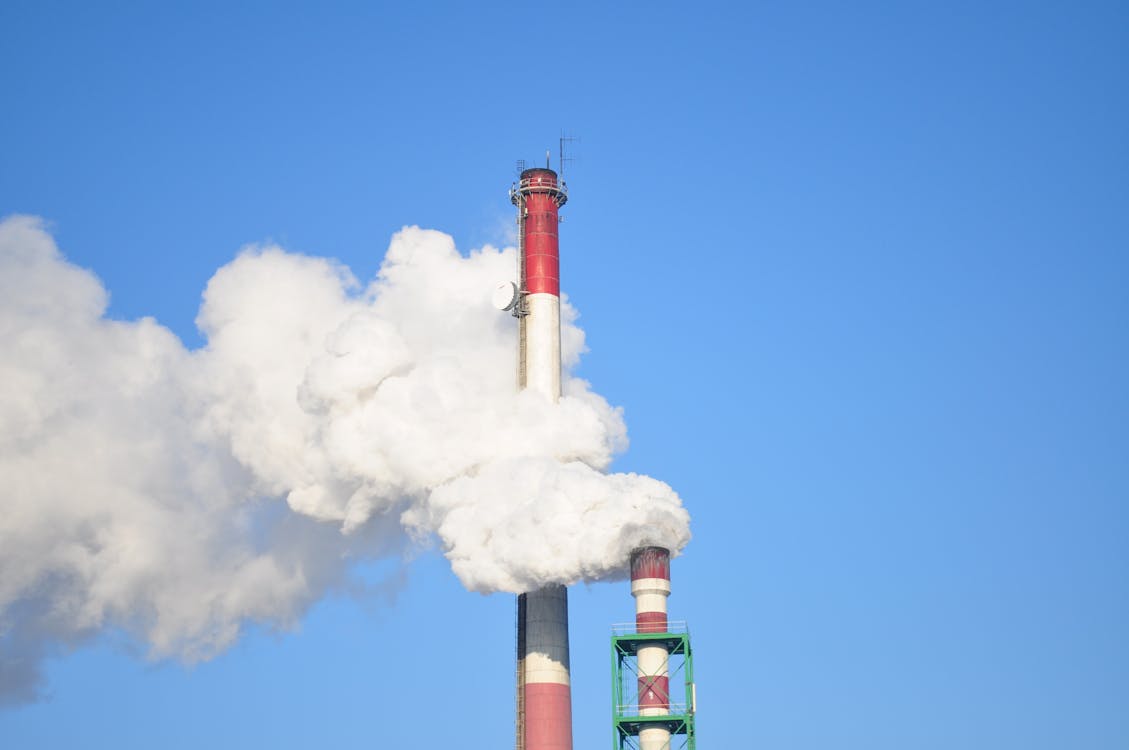
A smog warning is in effect for the region due to the poor air quality. Residents with respiratory issues are encouraged to stay inside as much as possible.
Blake County Resources
 National Suicide Prevention Lifeline:
National Suicide Prevention Lifeline:
1-123-222-6789
Blake County Child Protective Services:
222-200-9876
Blake County Mental Health:
123-222-8887
Blake County Public Health Agency STD Clinic:
012-234-4567
Blake County Sheriff’s Department:
222-200-9876
(civil)
Blake Crisis Intervention Resource Center:
234-234-3333
(24hr crisis line)
Blake Rural Services-Domestic Violence Services:
012-234-8887
Blake County Mental Health
Blake County Sheriff’s Department
Blake County Sheriff’s Department
Blake County Mental Health Services
Phone: 582.987.8340
Website: www.blakecounty.com
Address: 143 Riverside Ave, Blake County, CA 97530
Days/Hours: Mon-Fri 8:00 AM to 5:00 PM (Emergency 24/7)
Services: Mental health provides a full range of services to all residents of Blake County. Crisis services are available through our agency or through contacting the Crisis Line. Emergency hospitalizations and evaluations provided. Services for adults and children range from consultation, assessment, referral, and medication to individual, group, marital and family therapy.
Persons Served: All residents
Area Served: Blake County
Thank You for Completing the Mental Health and Substance Use Form!

Do not hesitate to contact the school nurse if you have any medical questions or concerns. You can get in touch with the school nurse by calling 349-621-4572 or by emailing her at nurse@mountainhigh.com.
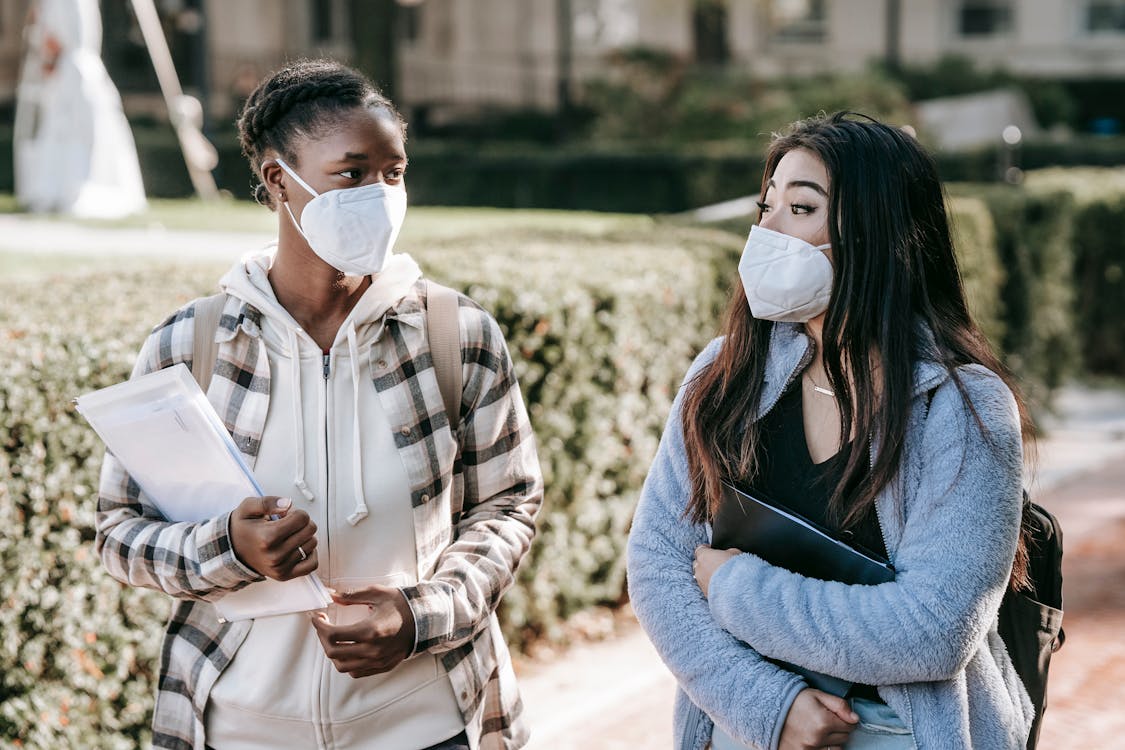
These are the new COVID-19 policies that will be in place for Mountain High:
- maximum classroom capacity of 15 students
- students who have symptoms must remain at home and must provide a negative test result before returning
- staff and students must wear masks at all times
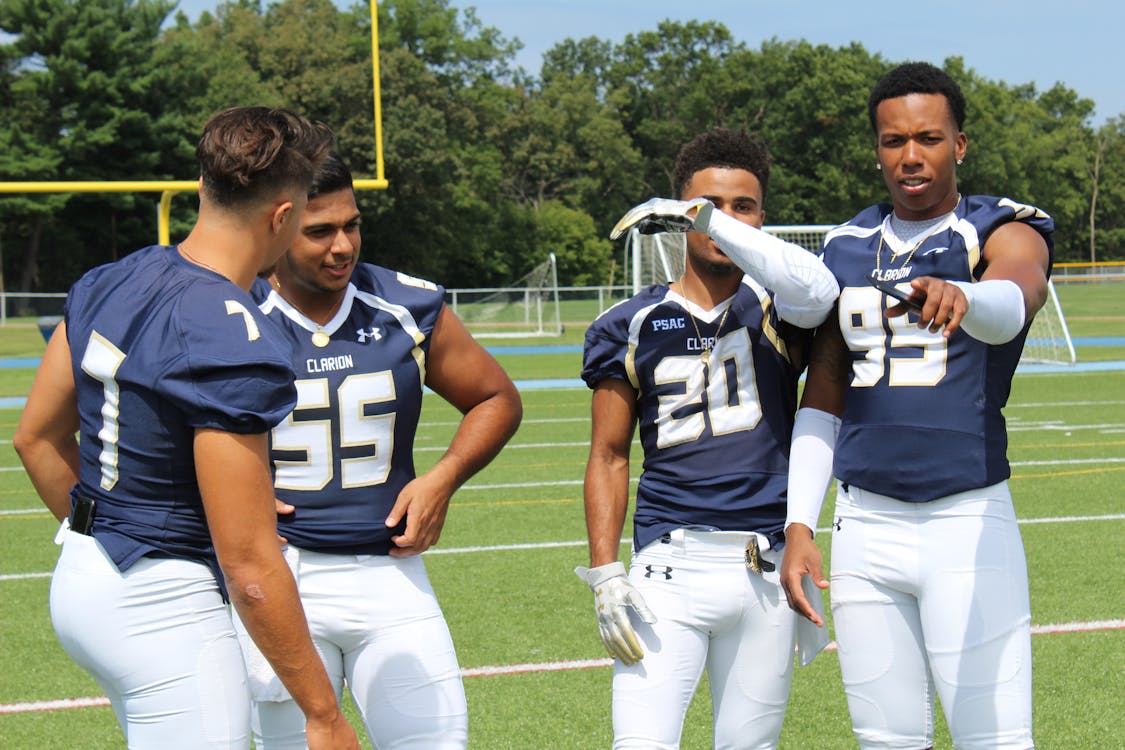
Come out tomorrow evening and support Mountain High in their season opener!
Upcoming Meet the Teacher Night

Parents and students are invited to attend Mountain High’s Meet the Teacher Night on September 15. Teachers will be available from 6PM to 9PM. We look forward to seeing you there!
Blake County Mental Health
Blake County Sheriff’s Department
Blake County Sheriff’s Department
Blake County Resources
 National Suicide Prevention Lifeline:
National Suicide Prevention Lifeline:
1-123-222-6789
Blake County Child Protective Services:
222-200-9876
Blake County Mental Health:
123-222-8887
Blake County Public Health Agency STD Clinic:
012-234-4567
Blake County Sheriff’s Department:
222-200-9876
(civil)
Blake Crisis Intervention Resource Center:
234-234-3333
(24hr crisis line)
Blake Rural Services-Domestic Violence Services:
012-234-8887
Blake County Mental Health Services
Phone: 582.987.8340
Website: www.blakecounty.com
Address: 143 Riverside Ave, Blake County, CA 97530
Days/Hours: Mon-Fri 8:00 AM to 5:00 PM (Emergency 24/7)
Services: Mental health provides a full range of services to all residents of Blake County. Crisis services are available through our agency or through contacting the Crisis Line. Emergency hospitalizations and evaluations provided. Services for adults and children range from consultation, assessment, referral, and medication to individual, group, marital and family therapy.
Persons Served: All residents
Area Served: Blake County
Thank You for Completing the Nurse Clinical Form!
Test Hamza – GP 3
Test Hamza – GP 2
Test Hamza – GP 1
Plumas County Sheriff’s Department
Plumas County Mental Health
Plumas County Resources
 National Suicide Prevention Lifeline:
National Suicide Prevention Lifeline:
1-800-273-8255
Plumas County Child Protective Services:
530-283-6350
Plumas County Mental Health:
530-283-8307
Plumas County Public Health Agency STD Clinic:
530-283-6337
Plumas County Sheriff’s Department:
530-283-6348
(civil)
Plumas Crisis Intervention Resource Center:
530-283-4333
(24hr crisis line)
Plumas Rural Services-Domestic Violence Services:
530-283-5675
Plumas County Resources
<h5 style=”text-align: center”><img class=”alignnone wp-image-994″ src=”/wp-content/uploads/2022/05/Seal_of_Plumas_County_California.png” alt=”” width=”82″ height=”82″ /><span style=”letter-spacing: -0.0415625em;font-family: ‘Inter var’, -apple-system, BlinkMacSystemFont, ‘Helvetica Neue’, Helvetica, sans-serif”>National Suicide Prevention Lifeline:</span>
<a href=”tel:1-800-273-8255″>1-800-273-8255</a></h5>
<h5 style=”text-align: center”>Plums County Child Protective Services:
<a href=”tel:530-283-63505″>530-283-6350</a></h5>
<h5 style=”text-align: center”>Plums County Mental Health:
<a href=”tel:530-283-8307″>530-283-8307</a></h5>
<h5 style=”text-align: center”>Plumes County Public Health Agency STD Clinic:
<a href=”tel:530-283-6337″>530-283-6337</a></h5>
<h5 style=”text-align: center”>Plumas Country Sheriffs Department:
<a href=”tel:530-283-6348″>530-283-6348</a>
(civil)</h5>
<h5 style=”text-align: center”>Plumas Crisis Intervention Resource Center:
<a href=”tel:530-283-4333″>530-283-4333 </a>
(24hr crisis line)</h5>
<h5 style=”text-align: center”>Plumas Rural Services-Domestic Violence Services:
<a href=”tel:530-283-5675″>530-283-5675</a></h5>
Test Hamza – Test Autism Guide Post
Test Hamza – Test Cancer Guide Post
Presidential election: Centre reaches out for consensus as 17 opposition parties decide to field joint candidate
Test GP – Interests
Test GP
This notification confirms that the Nursing Form was successfully completed and that the new user has been made.
- Rahul Gandhi’s remarks came in the wake of a major global uproar, mostly Muslim nations, in protest against comments made by BJP functionaries Nupur Sharma and Naveen Jindal, who were removed from the party a day ago.
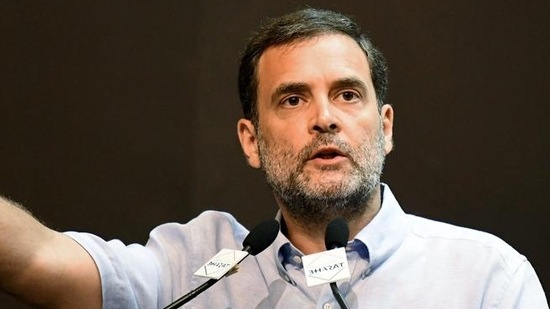
Ram Notification student
sjdhbwejhwbefiygwbeiyf iuwqeghdfugwe iuwebfiuqe u
Test GP – Parent
Test GP – Resident
Test GP – May 31
Test GP – May 31
Test GP – Injury Recovery
Test GP – Injury recovery
shobhit new
this is new
this is the test Gp
this is the test Gp
CC WP test
hbgugvbkuybh
\j,v jgvjvbj
jhv hg
jhvhgjkm
jhbjhbkjn
Thank You for Completing the Tell Us About Yourself Form!
Thank You for Completing the Childhood Experience Questionnaire Form!
Thank You for Completing the Impact of ACEs Form!
Thank You for Completing the Mental Health and Substance Use Form!
Storm Advisory
Storm Advisory
